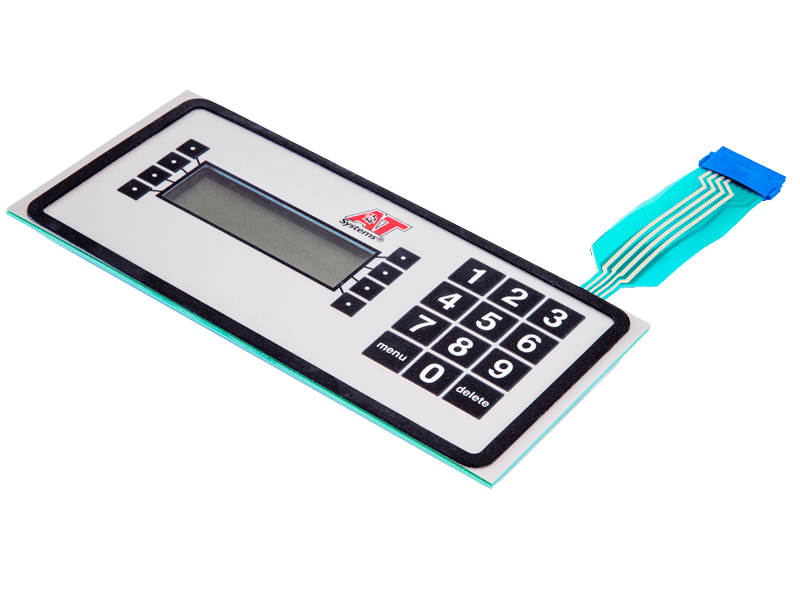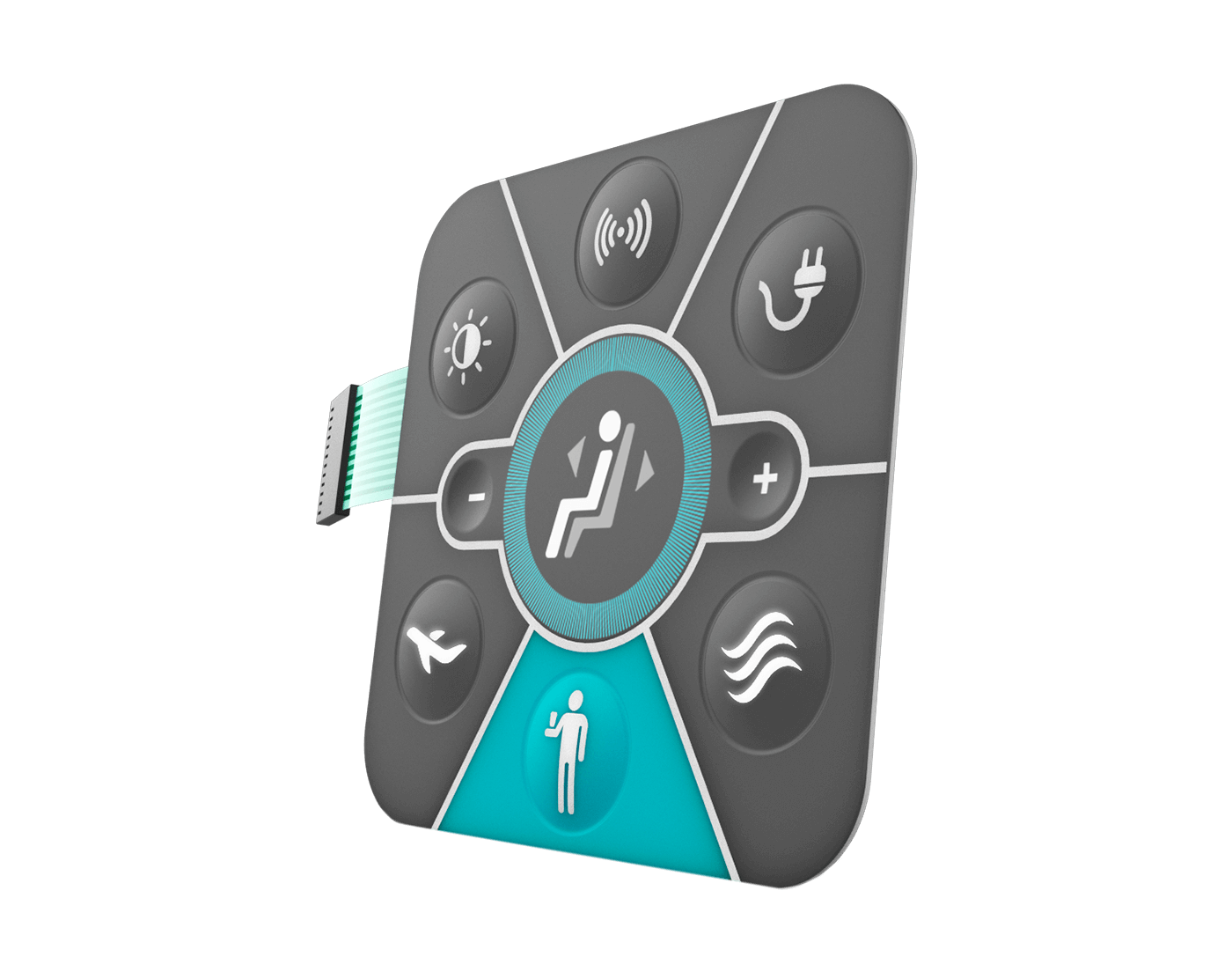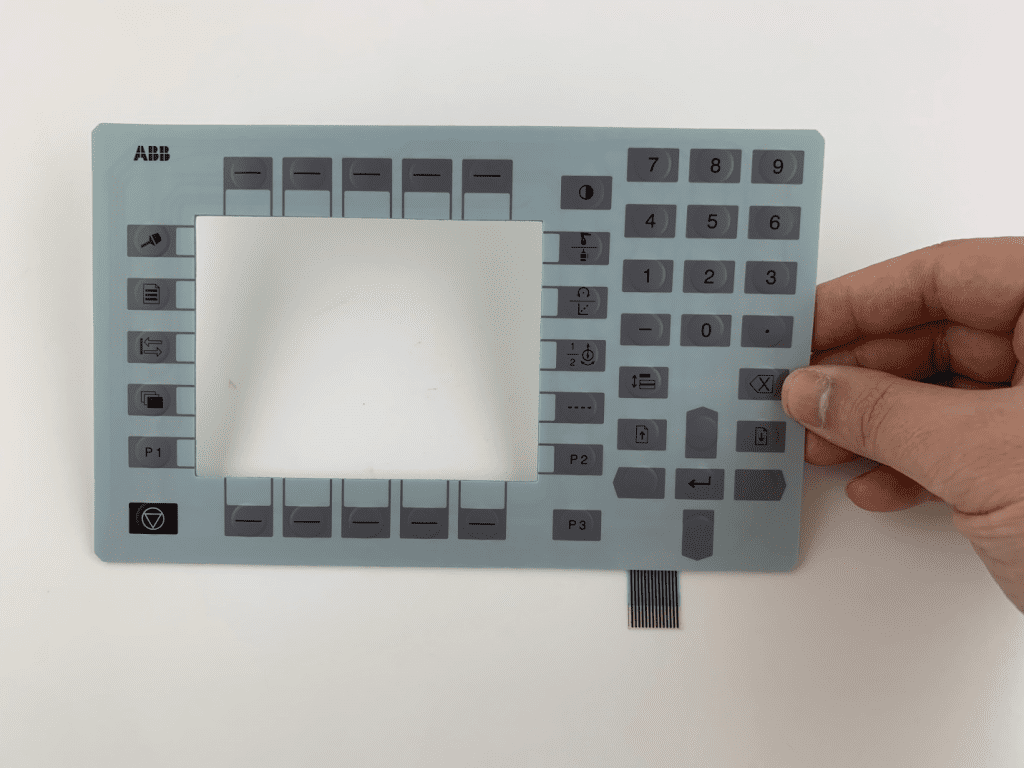Membrane Switches vs. Traditional Switches: What You Need to Know
Membrane Switches vs. Traditional Switches: What You Need to Know
Blog Article
Understanding the Significance of Membrane Switches in Interface
Membrane switches are essential components in the layout of effective individual interfaces, assisting in not only performance yet likewise enhancing visual charm and user interaction. As we explore the different advantages and future fads associated with Membrane innovation, it becomes clear that these switches are a lot more than simply parts; they stand for a merging of advancement and usefulness.
What Are Membrane Switches?

The spacer layer, which consists of adhesive residential or commercial properties, permits the splitting up of the circuit layer from the overlay, guaranteeing that the switch continues to be in a non-activated state up until pressed. When stress is applied to the overlay, it compresses the spacer layer, connecting the void and finishing the circuit in the underlying layer. This layout not just reduces the physical room needed for conventional mechanical buttons however also boosts the durability of the gadget, as Membrane switches are typically immune to dust, moisture, and various other environmental elements.
Commonly found in applications ranging from customer electronics to medical devices, Membrane switches are indispensable to contemporary technology, supplying a efficient and easy to use interface that lines up with modern design requirements.
Benefits of Membrane Switches
While many button modern technologies exist, Membrane Switches deal distinctive benefits that make them specifically desirable in various applications. One of the key advantages of Membrane buttons is their portable design, which enables space-saving executions in tools where genuine estate is restricted. Their slim profile not just enhances aesthetic appeal yet additionally promotes light-weight building and construction.
Another substantial advantage is their resistance to ecological elements. Membrane switches are generally sealed versus moisture, dust, and contaminants, making them perfect for usage sought after atmospheres, such as medical tools and industrial devices. This durability extends the life expectancy of the button, lowering maintenance prices and enhancing integrity.
In addition, Membrane switches can be personalized to meet certain design demands, incorporating unique graphics and shades that improve customer communication. Their tactile responses choices can also be tailored to offer a satisfying customer experience. Additionally, Membrane buttons are cost-effective, particularly in high-volume applications, as they can be produced efficiently.
Applications in Numerous Industries

In the consumer electronic devices sector, Membrane switches prevail in tools such as microwaves, cleaning machines, and remote controls. Their responsive responses and aesthetic choices enhance individual experience while providing a smooth, contemporary appearance. Additionally, automotive suppliers utilize Membrane switches in control panel controls and infomercial systems, where space is restricted, and user engagement is essential.
Additionally, the commercial industry leverages Membrane switches in control panels for equipment and devices, enabling user-friendly operation in commonly harsh settings. Their resistance to chemicals and dampness makes certain durability and reliability in these applications. On the whole, the adaptability of Membrane Switches contributes significantly to their widespread usage, making them crucial in various technological domain names.
Design Factors To Consider for Membrane Switches

When designing Membrane buttons, a number of essential considerations should be considered to ensure optimal performance and user experience. The choice of products is crucial; choosing sturdy, high-quality substratums can boost the button's durability and resistance to ecological factors such as wetness and temperature fluctuations.
Secondly, the layout of the graphic overlay should prioritize clarity and simplicity of usage. Symbols and text should be readable, and the layout should assist in instinctive communication (membrane switches). Additionally, tactile responses is vital; integrating a responsive dome or other systems can improve the user experience by offering physical verification of activation
Another crucial variable is the button's electrical performance. Developers need to ensure that the conductive traces are properly designed to lessen resistance and stay clear of signal disturbance. This involves analyzing the required actuation force and making sure compatibility with the digital elements they will user interface with.

Future Fads in Membrane Innovation
As innovation proceeds to advancement, Membrane buttons are poised to develop significantly, driven by developments in products and making methods. One arising trend is the incorporation of advanced materials, such as conductive inks and versatile substrates, which improve durability and minimize the total weight of Membrane switches. These materials not just enhance the tactile reaction however additionally enable the layout of switches that can hold up against harsher environmental problems.
Moreover, the integration of touch-sensitive innovations is transforming standard Membrane Switches into more interactive interface. Capacitive touch sensors installed within Membrane switch panels can give a more intuitive and responsive customer experience, lining up with the expanding need for smooth, modern-day designs in consumer electronic devices.
In addition, developments in printing methods, such as electronic and 3D printing, allow rapid prototyping and modification of Membrane buttons. This adaptability why not check here enables manufacturers to react more quickly why not try this out to market demands and consumer preferences.
Last but not least, sustainability is coming to be a considerable focus, with producers discovering environmentally friendly materials and processes. As these trends unfold, the future of Membrane modern technology guarantees improved performance, visual charm, and environmental duty, solidifying their duty in sophisticated user interfaces throughout different markets.
Conclusion
In final thought, Membrane Switches represent an important part in the style of user interfaces, integrating capability with aesthetic versatility. As innovations in innovation continue, the development of Membrane buttons is anticipated to more fine-tune customer interfaces, driving innovation and enhancing usability in a progressively complex technological landscape.
Membrane buttons are important elements in the design of efficient user interfaces, helping with not just performance but also improving visual allure and individual interaction.Membrane Switches serve as a crucial part in numerous customer interfaces, facilitating a smooth interaction between customers and electronic devices.While numerous switch find out modern technologies exist, Membrane Switches deal distinct benefits that make them especially preferable in numerous applications.Moreover, Membrane switches can be tailored to meet particular layout demands, including unique graphics and colors that improve individual communication.In verdict, Membrane Switches represent a crucial component in the layout of user interfaces, integrating functionality with aesthetic adaptability.
Report this page